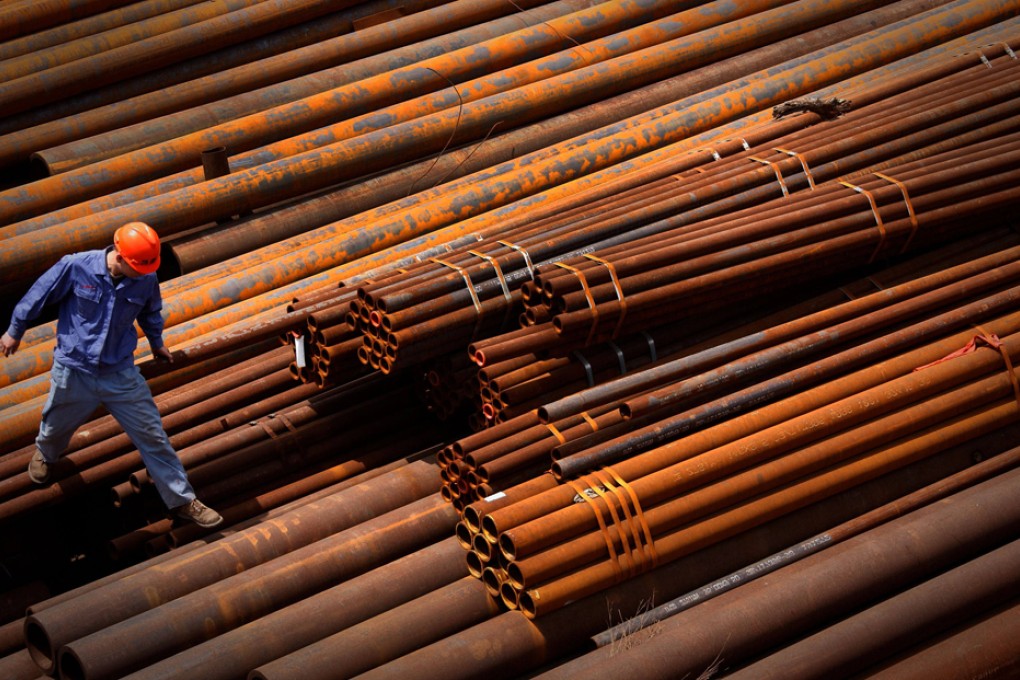China's industrial growth 'a threat to resources'
UN study warns China is consuming minerals and fossil fuels 'at a rate never seen before'

China's transformation from agricultural backwater to booming industrial powerhouse has required it to consume resources at a speed and scale the world has never seen, a new UN study has found.

"China's dramatic economic growth over the past few decades has increased demands for natural resources within and beyond the country itself in ways that are unprecedented in human history," UN Undersecretary General Achim Steiner said in the report. "While that growth has lifted millions out of poverty, it has also come with rising environmental challenges."
The report credited China's "exceptionally good" efforts at improving resource efficiency, But it cautioned that the pace of this improvement was insufficient to offset the environmental damage from extracting, processing and consuming natural resources.
Analysts said the report could raise concerns about the potential for further ecological degradation as President Xi Jinping and Premier Li Keqiang pin much of their economic hopes for the next decade on a new round of urbanisation.
In the last three decades, China has grown from a modest user of minerals, fossil fuels and other primary materials to become the world's largest consumer, the report found.